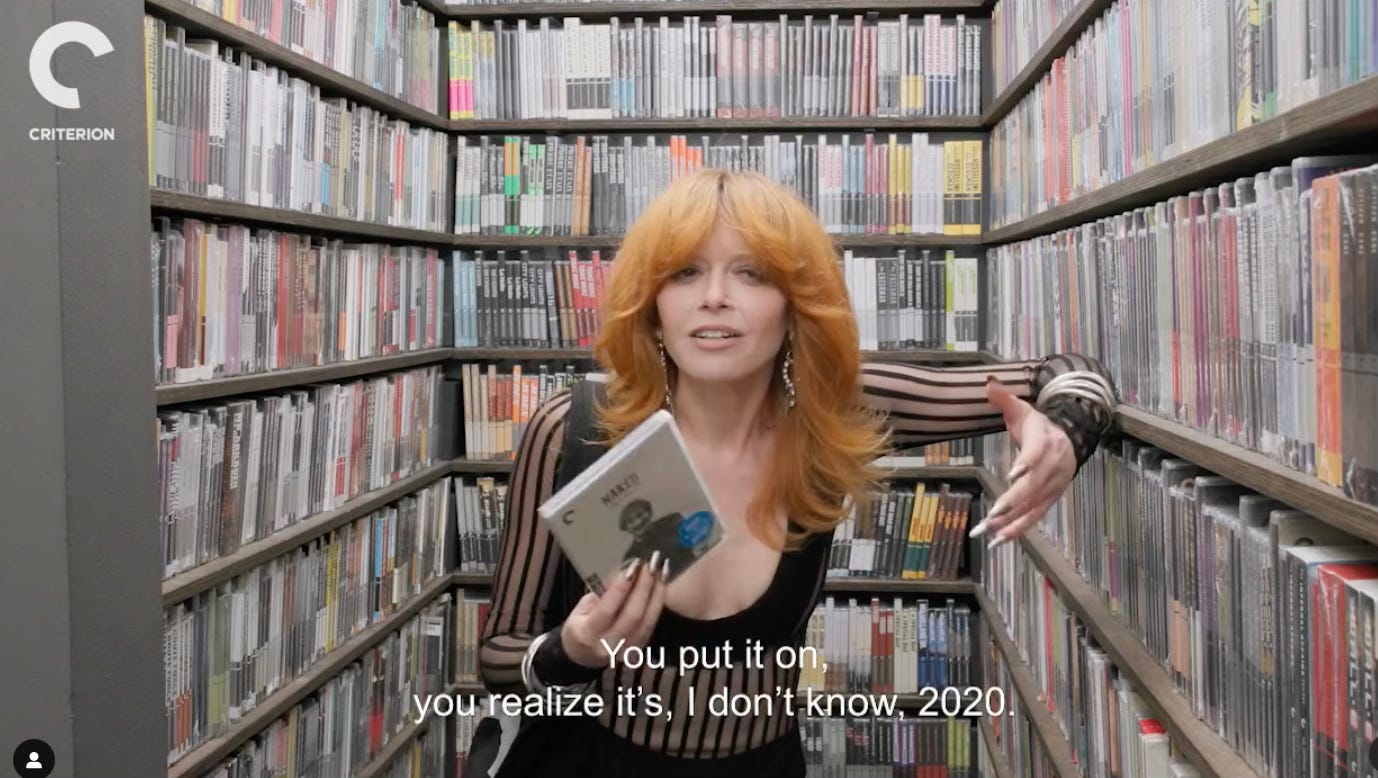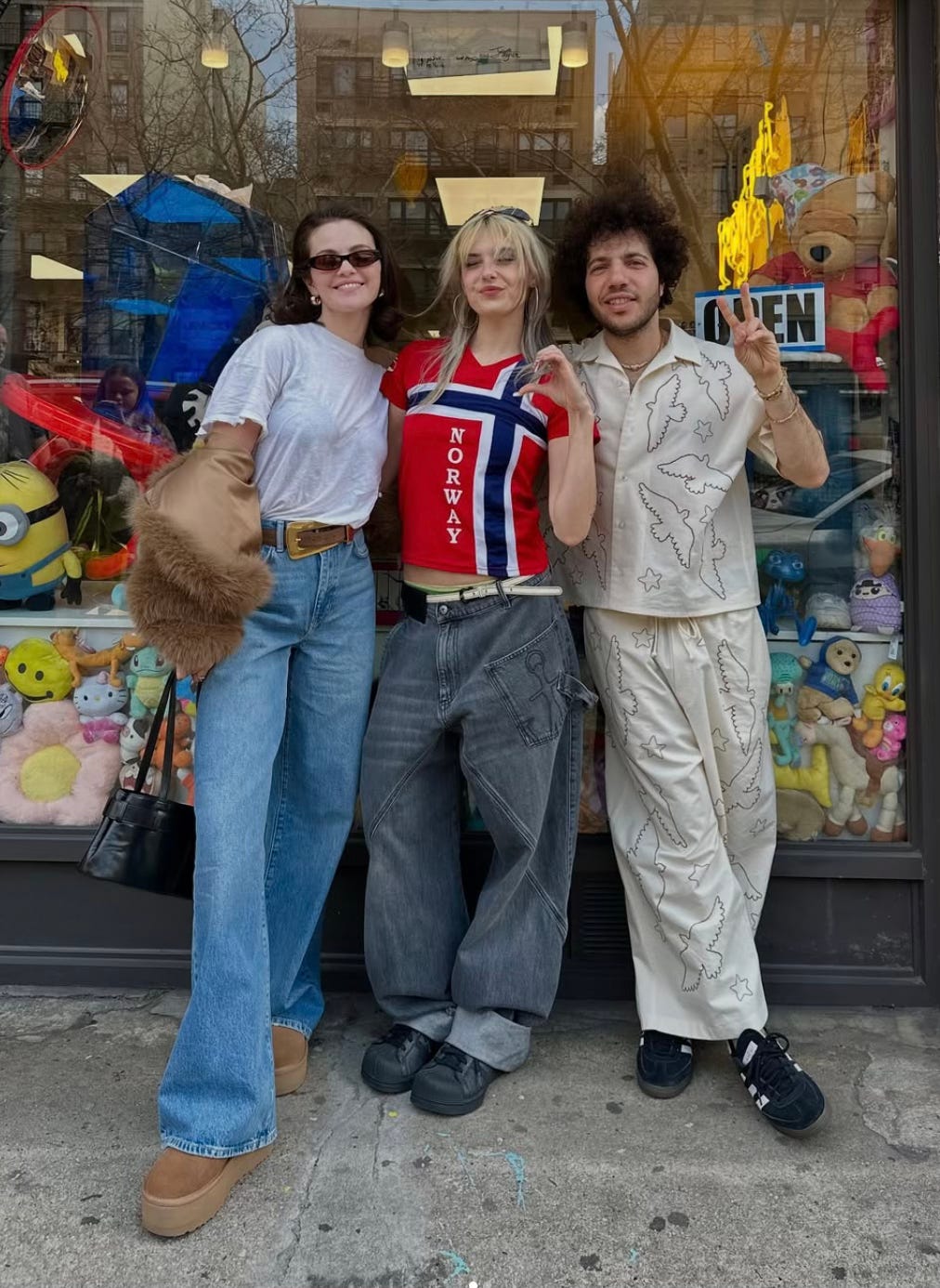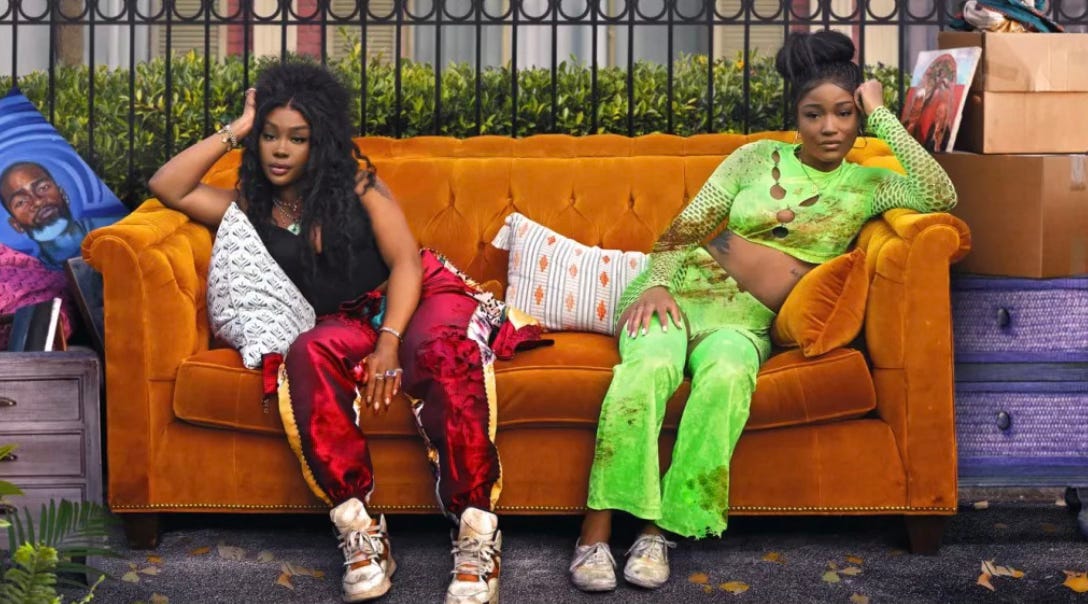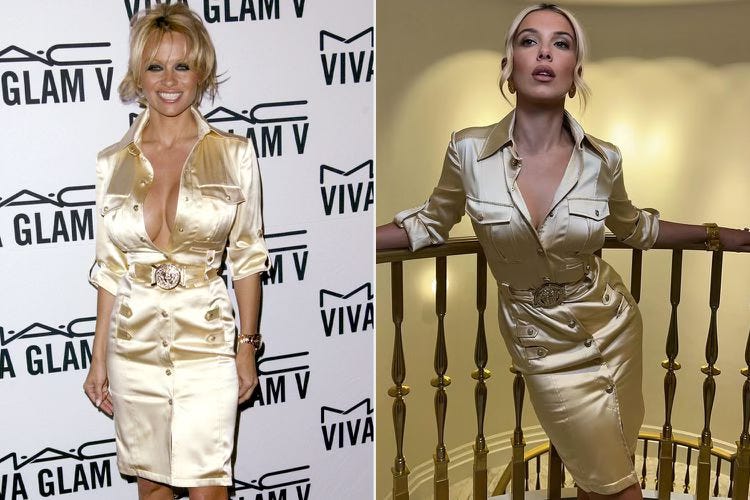If you want taste, study the greats
what vibe coders can learn from film, music, and creative industries
As “taste” has become a hot topic of conversation in Silicon Valley, I’ve spent the last few weeks reaching out to friends who are innovators and tastemakers in different industries to understand what it takes to develop taste.
I talked to Grammy Award Winning musicians, fashion designers, Emmy Award Winning directors, sneaker designers, Michelin star chefs, and all types of artists who work with very different mediums, but I was pleasantly surprised by the similarities in developing taste and ultimately pursuing greatness in any field or art form.
From these conversations, I was reminded of Timothée Chalamet’s timely and eloquent SAG acceptance speech for A Complete Unknown.
Chalamet not only acknowledges the amount of effort it takes to strive for greatness, he gives credit to the greats that have not only inspired him but given him the motivation to pursue greatness with extreme focus for months on end.
“I’m inspired by the greats. I’m inspired by the greats here tonight. I’m as inspired by Daniel Day-Lewis, Marlon Brando, and Viola Davis as I am by Michael Jordan, Michael Phelps, and I want to be up there.”
Timothée Chalamet's preparation for his role as Bob Dylan in "A Complete Unknown" was extensive, involving a five-year study of Dylan's life and music, including singing lessons and harmonica coaching. He also spent time in Dylan's hometown of Hibbing, Minnesota.
As I think about taste in terms of vibe coding and all of the various startups building for animation studios, architects, fashion designers, music producers, screenwriters, and all types of creatives, I’m reminded that success comes from studying the greats and striving for greatness, which can only be achieved by taking big, yet calculated, creative risks and continuously refining your craft.
In film, there’s no better starting point to developing your taste than the Criterion Collection which has taken an entirely new form in the context of social media and social platforms like Letterboxd. You could spend your entire career in film studying the Criterion Collection, it’s an endless treasure trove thanks to the revolving door of influential actors sharing what films inspire them the most.
Recent interviews including White Lotus breakout star Aimee Lou Wood, Musician, Producer, and Filmmaker Questlove, and Natasha Lyonne’s trip to the closet was culturally significant on many levels as this was an important stop on the press tour for the new season of Poker Face and although the series is known for its casual atmosphere Lyonne wore an iconic dress by Laquan Smith to further solidify Smith’s position as the go-to designer for powerful women.
This also highlights the ever-growing frustration for talent and crew as the expectations for a film and a single press tour have significantly changed and reached an almost unbearable number of appearances. From brand activations to unconventional interviews, the role of an actor has changed significantly as talent need a custom look every appearance, press tour is not one event but many flights, and the expectation to deliver meme-worthy content such as eating hot wings, going on a date in a chicken shop, takes on a subway, and many short appearances like meet cutes with cast mates like Michael B. Jordan and Hailee Steinfeld, get ready with me, casual drop-ins at local spots with cult-like followings Benny Blanco and Selena Gomez at Rogue, and short blips to promote the latest song, film, or project.
As I think about how much effort goes into every decision for a creative, I’m reminded that the intentionality and calculated risks all play an important part of the evolution of an artist. Finding the right fashion designer to wear on a red carpet, the right up-and-coming artist to collaborate with, the right cross-over moment to break out of one art form and into another.
Over the last year, we’ve seen Sza’s debut acting role in “One of them Days,” Tyler the Creator’s GOLF le FLEUR collections continue to capture both high-end fashion and approachable collabs with Converse, Anderson Paak’s directorial debut at TIFF growing collection of restaurants including his namesake live music spot Andy’s, artists are not only pursing greatness in one industry they are conquering many industries at once. Artists have an ever-expanding palate when it comes to finding new ways to take creative risks and the same can be true for anyone who aspires to start something new.
In my own personal efforts to evolve as a creative, studying the greats across film, music, and fashion have given me a solid foundation for my own work and at the very least gives me something interesting to talk about at a dinner party. As I’ve learned from some of the best chefs on the planet, developing your palate (or taste) is an endless creative pursuit, you’ll never be satisfied or finished.
When it comes to films, I find myself suggesting these three as a starting point…
Daisies, a surrealist film that follows two young women, both named Marie as they engage in a series of bizarre and anarchic pranks. The film was originally banned in Czechoslovakia because of the film's depiction of excessive consumption, particularly the scene where the characters engage in a food fight, destroying a lavish meal.
In the Mood for Love, a ninety-minute mood piece in which a barely spoken plot is less important than the weaving together of fashion, music, color, light, and form.
The Shining, which needs no background or introduction, however it’s an important film to understand the complexity of each scene and the number of takes to get it right. The iconic "Here's Johnny!" scene was filmed over 140 times. In fact, many scenes in the film were shot over 100 times and the film holds a Guinness Book of World Record for the most retakes for one scene with dialogue which speaks to Kubrick’s perfectionism and attention to detail.
In music, I actually think developing taste is much harder in the era of Spotify where the algorithm is designed to surface songs you like rather than exposing you to entirely new genres. It’s easy to get stuck in the same listening patterns. However, one thing you’ll notice in popular culture is samples are a tangible way to pay tribute to the greats. One of my absolute favorite follows on Instagram is Jarred Jermaine, if you want a daily lesson in music history and pop culture, he’s your guy. Most of the hits today have been inspired by songs from the past.
Surprisingly, in all of my conversations with musicians, producers, and their managers, Suno keeps coming up in conversations as a helpful tool for experimenting with different beats, building on new songs, and navigating samples because one of the hardest parts of being an artist today is navigating the business side of things, especially areas like licensing and copyrights. As someone who loves music, but doesn’t work in the industry, tools like Suno are a nice way of learning niche genres and understanding why you like certain songs more than others.
In fashion, we’re living in an interesting time where vintage is more highly sought after than new designs, especially for the red carpet. It’s not only honoring the greats and their previous collections, there is a very specific craft to creating a modern look with an iconic piece from a different era. It’s a nod to the designer, the original star who wore it, and gives breathes new life into an otherwise forgotten design. It’s an iykyk moment that gives stylists their flowers and reminds fans that Hollywood doesn’t need to be so serious all of the time, in fact even celebrities with the most amount of access enjoying grabbing iconic items from someone else’s closet.
Millie Bobby Brown very famously borrows pieces from other celebrities for her press tours, it’s not only refreshing to see her light-hearted approach to fashion, but also creates a unique opportunity for her to meet the greats. Brown mentioned on an episode of Call her Daddy she borrowed a rack of Pamela Anderson’s clothes from the 90s and wore her clothes for multiple press moments. It’s a nod to the era, it’s a nod to the designer, and it’s a nod to everyone’s favorite bombshell who delivered her career-defining role in Gia Coppola’s The Last Showgirl in 2024.
As we enter a new era where anyone can start something and we see new technologies for the creative industry, my hope is we find ways to dive deeper into each industry and continue to strive for greatness not only with our peers in technology, but with a great amount of respect for the greats in the industries that we’re pursing.
If you’re building tools for creative industries, I’d love to chat. I’m hosting a number of dinners with founders and leaders in the creative industries and will be breaking down the nuance of different industries from the product and GTM perspective.












I'd love to chat! We’re relaunching Gigmor into an AI-powered fan engagement network that helps artists turn passive listeners into superfans they can engage and monetize.
This was a cool essay! brought together a few things I'm into/working on (music production, tech, Criterion Collection). I am very curious to hear more about your perspective on building tools for creative industries and would love to chat/connect.